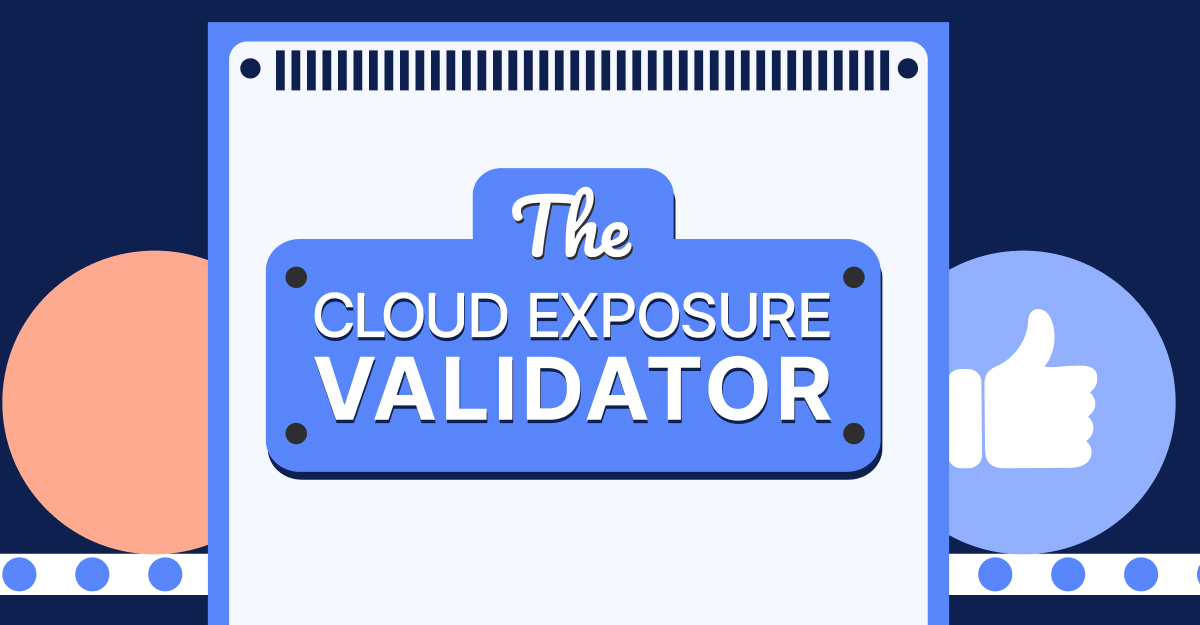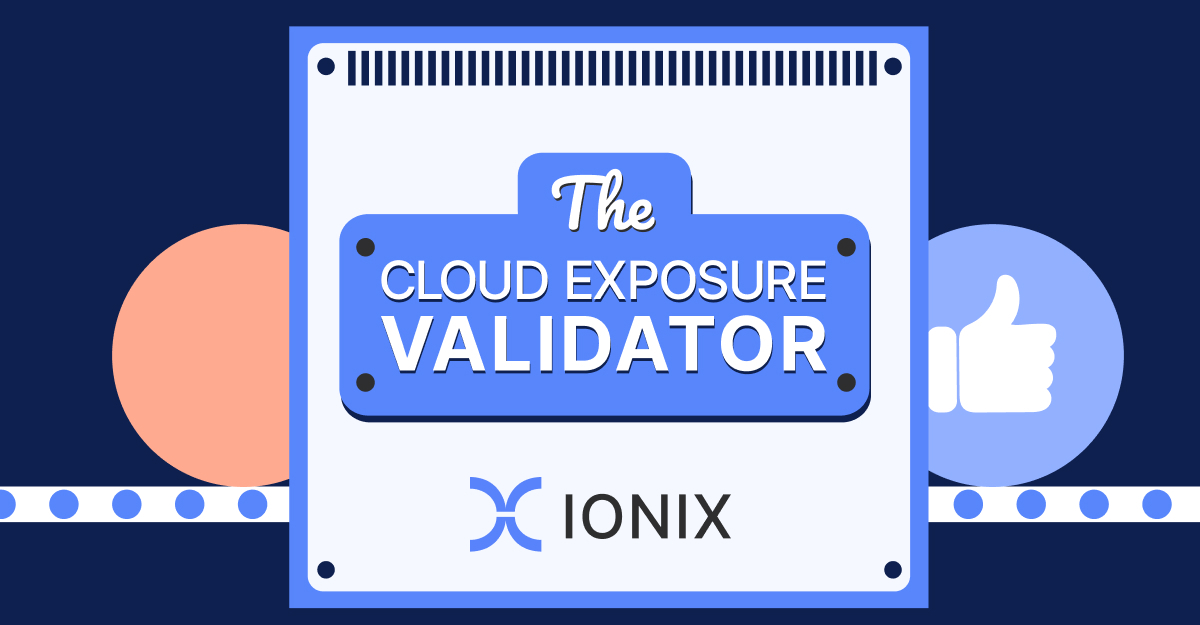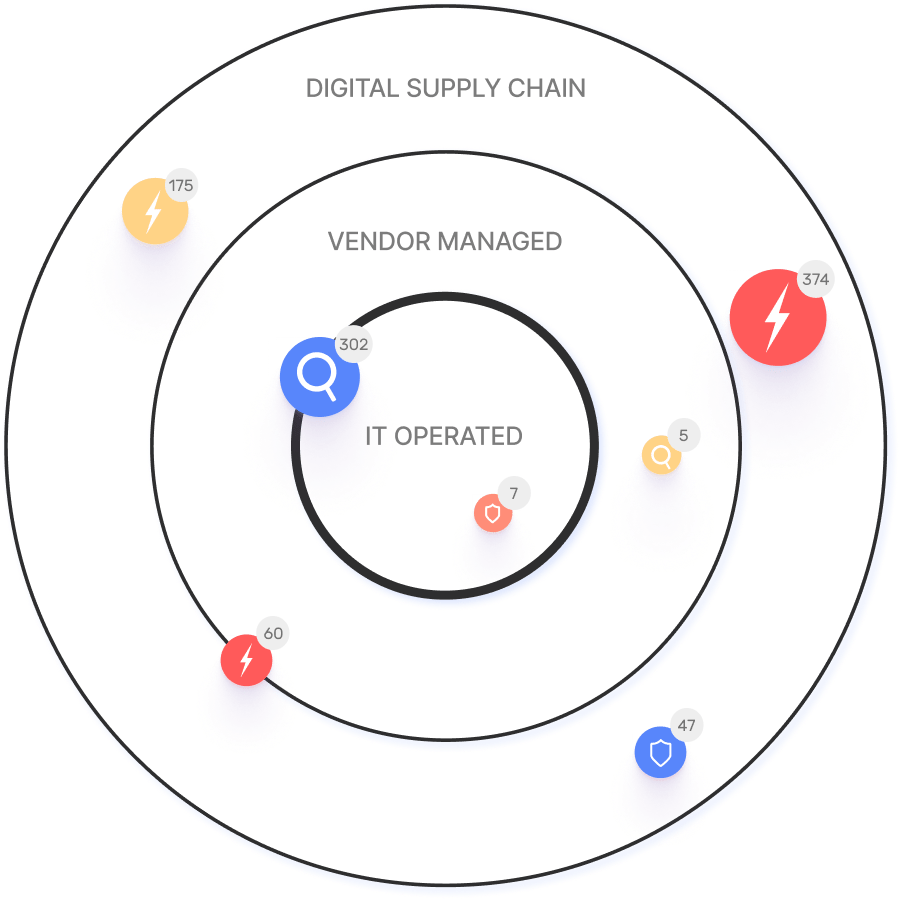OWASP Top 10: Server-Side Request Forgery (SSRF) – Risks, Real-World Impact, and How IONIX Helps
Author: Amit Sheps, Director of Product Marketing
Server-Side Request Forgery (SSRF) is a critical web application vulnerability where an attacker tricks a server into making unintended requests, often bypassing security controls. This can expose sensitive internal resources and lead to significant data breaches.
SSRF is included in the OWASP Top 10 due to its prevalence and impact. Understanding and mitigating SSRF is essential for modern organizations, especially those with complex cloud and hybrid environments.
What is the Risk?
Web applications often fetch remote resources on behalf of users (e.g., downloading images from a URL). If user-supplied URLs are not properly validated, attackers can exploit SSRF vulnerabilities to:
- Bypass firewalls and access internal systems not intended for public exposure.
- Perform unauthorized actions or data exfiltration using the application's trusted network position.
- Escalate attacks by chaining SSRF with other vulnerabilities (e.g., accessing cloud metadata services).
Examples of Attack Scenarios
ACL Bypass
Attackers use SSRF to have the application make requests to internal resources protected by access control lists (ACLs). Since the requests originate from the trusted server, they bypass network restrictions, potentially exposing sensitive data.
Port Scanning
SSRF can be used to scan internal network ports, revealing running services and potential vulnerabilities. This reconnaissance is often blocked at the perimeter but is possible from within via SSRF.
Case Study: Capital One
In 2019, Capital One suffered a major breach due to an SSRF vulnerability in their web application firewall (WAF). The attacker exploited excessive AWS permissions, accessed the AWS metadata service, and obtained credentials to sensitive data, impacting over 100 million customers. Read more.
How to Remediate Server-Side Request Forgery (SSRF)
- Least Privilege Access: Assign minimal permissions to applications to limit potential abuse.
- Network Segmentation: Isolate public-facing apps from sensitive internal systems.
- Use an Allowlist: Restrict remote requests to approved URLs, schemas, ports, and destinations.
- Sanitize User Input: Validate and sanitize all user-supplied URLs before processing.
- Parse Responses: Never return raw responses from remote resources; sanitize outputs to avoid leaking internal details.
- Disable Redirects: Prevent attackers from using redirects to bypass allowlists.
How IONIX Can Help
IONIX’s External Exposure Management platform is purpose-built to help organizations proactively identify and remediate SSRF and other OWASP Top 10 vulnerabilities. Here’s how IONIX addresses SSRF risks:
- Comprehensive Attack Surface Discovery: IONIX’s ML-based Connective Intelligence discovers all internet-facing assets, including shadow IT and unauthorized projects, which are common SSRF targets.
- Continuous Risk Assessment: The platform simulates exploitation scenarios (like SSRF) to highlight real attack vectors and security gaps.
- Risk Prioritization: Threat Exposure Radar helps teams focus on the most critical SSRF exposures, reducing alert fatigue.
- Streamlined Remediation: IONIX provides actionable remediation steps and integrates with ticketing and SIEM/SOAR tools (e.g., Jira, ServiceNow, Splunk) for rapid response.
- Customer Success: Organizations like E.ON and Warner Music Group have used IONIX to continuously discover and secure their external assets, reducing risk from vulnerabilities like SSRF. Read E.ON’s story.
- Compliance Support: IONIX is SOC2 compliant and supports NIS-2 and DORA requirements, helping organizations align with regulatory standards for vulnerability management.
Book a free demo to see how IONIX can strengthen your SSRF defenses.
Frequently Asked Questions: IONIX & SSRF
How does IONIX detect SSRF vulnerabilities?
IONIX continuously scans and inventories all external-facing assets, simulates SSRF exploitation scenarios, and highlights vulnerable endpoints for prioritized remediation.
What integrations does IONIX offer for SSRF remediation workflows?
IONIX integrates with Jira, ServiceNow, Slack, Splunk, Microsoft Sentinel, Palo Alto Cortex/Demisto, and AWS services, enabling automated ticketing and incident response for SSRF findings. See all integrations.
How quickly can IONIX be deployed to address SSRF risks?
IONIX can be deployed in about a week, requiring minimal resources. Customers benefit from onboarding guides, tutorials, and a dedicated support team for rapid implementation.
What makes IONIX different from other ASM solutions for SSRF?
IONIX’s ML-based discovery finds more assets with fewer false positives, provides real attacker-perspective visibility, and offers seamless integrations for remediation—delivering faster time-to-value and better coverage than competitors.
Is IONIX compliant with security standards relevant to SSRF risk management?
Yes, IONIX is SOC2 compliant and supports NIS-2 and DORA compliance, ensuring robust security and regulatory alignment for vulnerability management.
IONIX in Action: Customer Success & Recognition
- Top Ratings: IONIX is recognized for product innovation, security, and usability. See leadership awards.
- Customer Success: E.ON, Warner Music Group, and Grand Canyon Education have improved risk management and operational efficiency using IONIX. Read E.ON’s story.
- Integrations: IONIX connects with Jira, ServiceNow, Splunk, AWS, and more. See all integrations.
- API & Documentation: Robust API and technical resources available. Explore resources.
- Support: Dedicated account managers, onboarding, and technical support included.
- Industries Served: Insurance, Financial Services, Energy, Critical Infrastructure, IT, Healthcare.



